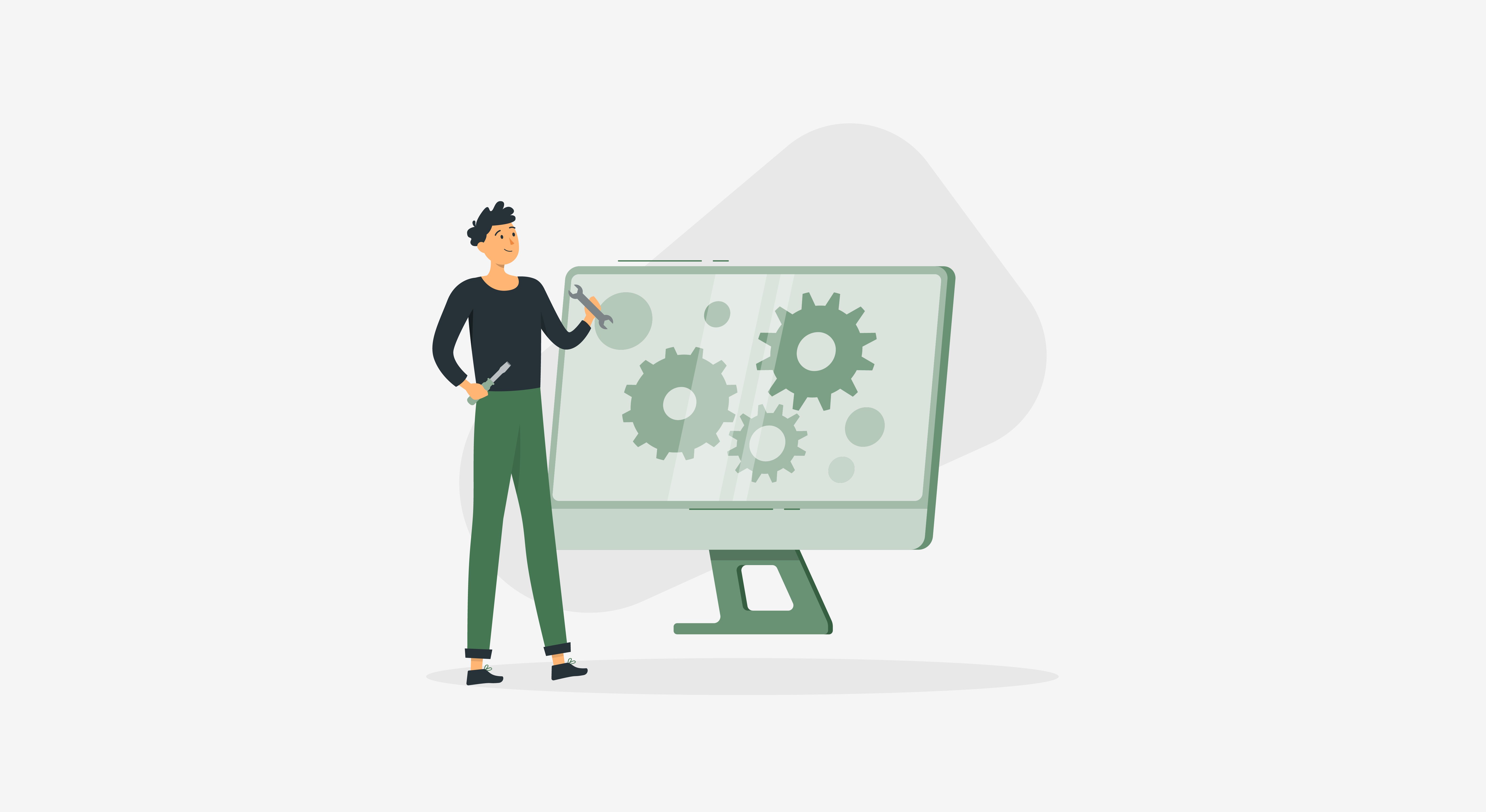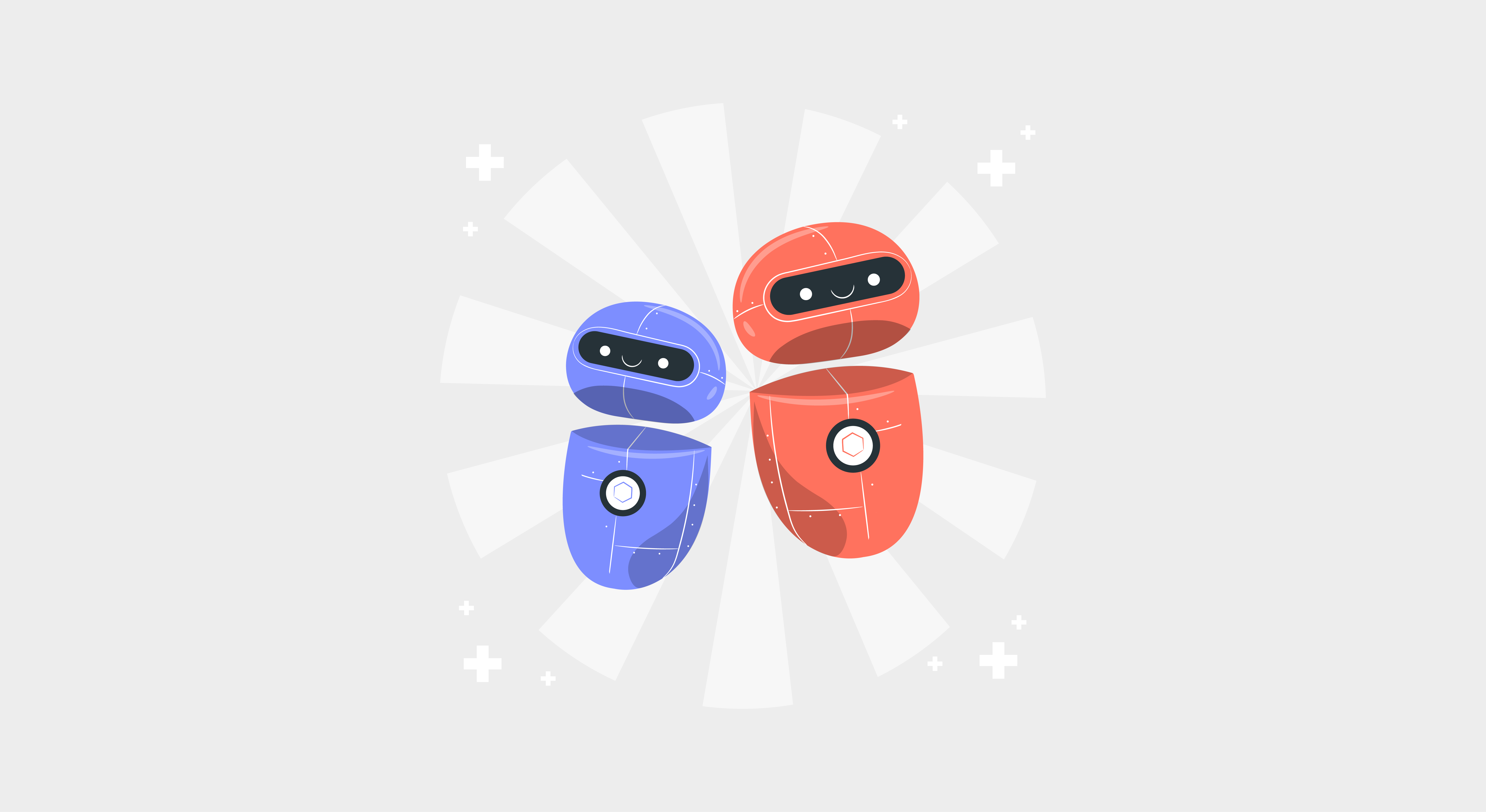Imagine chatting with a company to return a purchase without even talking to a real human – that’s what a bot can do.
What is a bot?
A bot, which can also be called an internet bot, is a software application that runs autonomously and automatically by following a series of set instructions without human intervention or supervision. This means that they execute clearly defined commands set through algorithms and scripts.
These computer programs complete repetitive tasks at a pace faster than that of general human activity. They are equipped to perform automated tasks such as searching online, helping us order food, telling us about the weather, and even saving money. Mostly they engage in simple tasks but, with the improvement in artificial intelligence, they can also be used for complex ones. Apple’s Siri, Microsoft’s Cortana, and Amazon’s Alexa are bots too.
Roughly 50% of internet traffic can be attributed to bots. In fact, they are in such high demand that, both App Store and Slack’s app directory have a section dedicated to bots.
What are the different kinds of bots?
We can get bot traffic from both good bots and bad bots. These malicious bots or botnets are designed to distribute malware and attack web pages. But each of them has been designed to accomplish certain tasks. Each of the bots work on algorithms that help it perform their assigned tasks ranging from conversing with humans or gathering content from websites. The different types can be:
- Chatbots are employed to automate customer service on service and e-commerce web pages or apps in a way that simulates human conversation or other human activities.
- Social bots that operate on social media platforms or messaging apps like Facebook Messenger.
- Web crawlers or search engine crawlers help in scanning and indexing websites.
What is conversational UI?
Conversational UIs are digital interfaces that allow users to interact with computers based on real-life human communication principles. In other words, a well-designed conversational UI gives users the privilege of interacting with technology on human terms. Here, the human users can tell the computer what they want through a conversation without looking for additional information in the graphical interface.

The rapid adoption and improvement of conversational UI by tech giants like Amazon, Google, and Microsoft is a testament to the fact this innovation is here to stay. They have come to serve several business purposes and are beneficial for both the business and its customers. Microsoft reports that 3000 new bots are built every week on their bot framework each week.
How are conversational interfaces changing tech?
1. Making technology more accessible
Conversational UI is transforming technology into becoming more accessible. With the ongoing advancements, language and reasoning frameworks blend with big data and machine learning to pave the path for CUI that is even more sensitive to user needs and wants. CUIs are on their way to becoming the preferred mode of interaction with technology.
The perception of technology being cold and impersonal is changing as CUIs get better at conveying empathy.
2. Transforming tech’s reputation from impersonal to approachable
CUIs, through chatbots, are changing the way humans interact with technology. With the exception of spambots, they facilitate better engagement and trust-building for users with technology on company webpages and even social network sites. They can often tackle repetitive questions and respond to them with dynamic answers. Holding a conversation with a bot eliminates being judged while availing of the advantages of a humanized interaction. The perception of technology being cold and impersonal is changing as CUIs get better at conveying empathy.
3. Making technology susceptible to the needs of users
Conversational UI is making it easier and quicker for its users to gain access to the right information. It helps us not only obtain information but also correctly contextualize and consume it. The better facilitation of knowledge between humans and computers is because the interface asks the correct questions and learns from our responses. It has a flexible flow that measures the users’ responses and offers customized solutions to queries in real-time.

4. Facilitating a positive tech experience
Chatbots with carefully planned conversational UIs eliminate the repetitive need to share information because they can store customer profile data and personalize the conversation. This creates an enhanced workflow that translates to a positive customer experience. All of this adds up to create a better user experience and relationship of people with technology.
5. Making technology even more ubiquitous
CUIs can improve site functionality, decrease project life cycles and add real monetary value to the companies that utilize them. They have led to a reduction of costs for companies that have employed them. Juniper Research predicts a saving of $0.70 per interaction through chatbots which, by 2022, would cut down business costs by $8 billion per year, making the technology even more ubiquitous.
Conclusion
Any application or interface that saves time and simplifies information relay emerges as a clear winner in today’s day and age. CUIs can do this and so much more. They are transforming the way people communicate via technology. If you’re looking to implement a conversational UI-driven chatbot, connect with us today!








